1. Soul Train
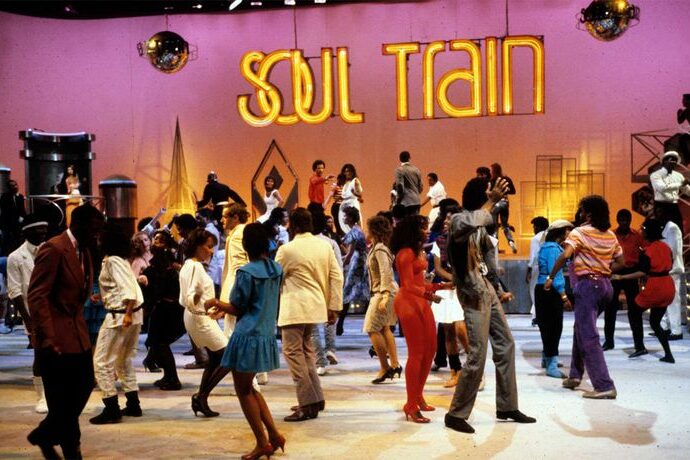
Debuting in 1971 under Don Cornelius, this syndicated powerhouse showcased soul, R&B, funk, and later hip‑hop. With legendary line dances and trend-setting styles, it hosted icons such as Aretha Franklin, Prince, Whitney Houston, Marvin Gaye, and Gladys Knight. The Soul Train Line became a cultural phenomenon, giving rising dancers and artists a national platform. Beyond performances, Soul Train offered representation and pride. Cornelius opened each show with “the hippest trip in America” and closed with “love, peace and soul”. It stood for Black culture on TV long before others caught on. As Questlove put it, “There was nothing like ‘Soul Train’ on TV”, its legacy lives on through its iconic style, moves, and influence across generations.
2. American Bandstand
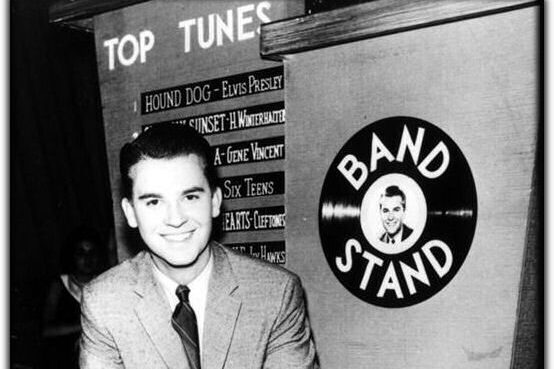
Hosted by Dick Clark, this show was the springboard for rock ’n’ roll in homes across America. Premiering nationally in 1957 and ran until 1989, it featured 3,002 episodes where teenagers danced along to the latest hits. It introduced first like Stevie Wonder, the Jackson 5, Madonna, Prince, The Doors, and Creedence Clearwater Revival. Under Clark, the show began featuring Black artists and integrated audiences, though full integration didn’t happen until it moved to Los Angeles in 1964. The influence of Bandstand can’t be overstated. Paul Anka recalled how “there was no youth culture, he created it,” referring to Dick Clark’s show. Michael Jackson debuted there at age 11 and later called Clark his “second dad”. The show continued into the 1980s, shaping later formats from MTV to American Idol. It wasn’t just music, it was the beginning of modern pop culture on television.
3. The Ed Sullivan Show
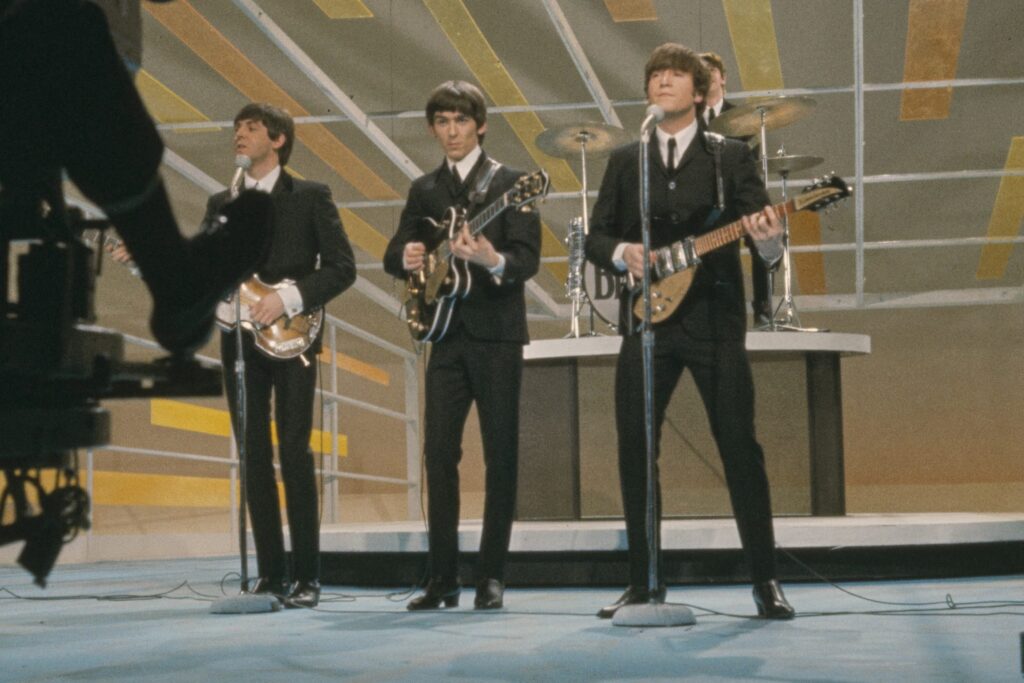
For over two decades (1948–1971), Ed Sullivan’s variety program was the go-to stage for groundbreaking acts. The Beatles made their legendary 1964 U.S. debut here, transforming global pop culture overnight. Earlier, Elvis Presley, The Supremes, and other headline-makers also appeared, capturing viewers’ imaginations and shaping the future of televised music. Before YouTube and viral moments, Ed Sullivan was the launchpad. He introduced America to British Invasion bands and soul sensations, reaching millions weekly. The show demonstrated TV’s power to unify and create stars, leaving a lasting legacy on how audiences experience live music broadcasts.
4. Star Search
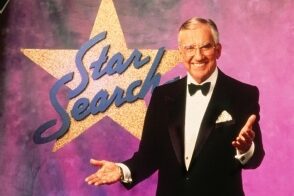
This talent competition (1983–1995) became America’s first reality music stage. Contestants across categories, singing, dancing, comedy, competed for national exposure. It helped launch careers for Britney Spears, Beyoncé, Justin Timberlake, Christina Aguilera, and Destiny’s Child, years before shows like American Idol dominated TV. Star Search also offered a credible springboard to fame. Many of its winners and finalists went on to major record deals and global success. While its popularity faded by the mid-’90s, its format influenced later talent competitions by showing that television could truly uncover new stars and connect them with audiences nationwide.
5. The Midnight Special
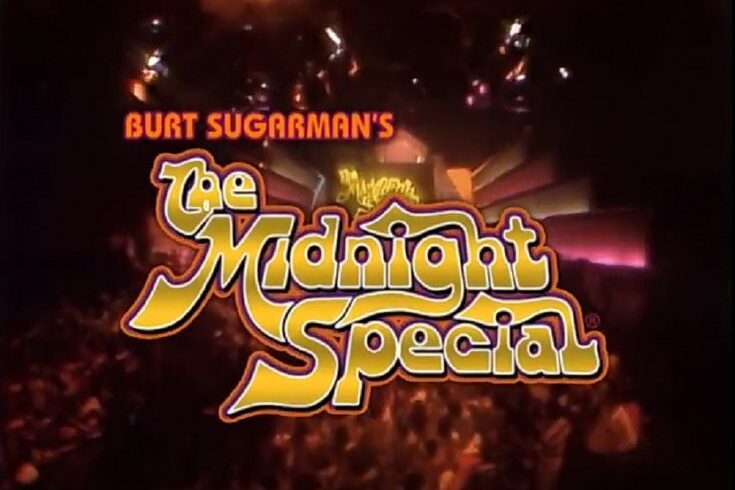
Airing late-night between 1973–1981, this NBC showcase stood apart by featuring live (not lip‑synced) performances from top rock, funk, and soul acts. Bands like Fleetwood Mac, Earth, Wind & Fire, and solo artists like David Bowie and Kansas stepped onto its stage, delivering dynamic, unedited sets that felt vibrant and immediate. Unbound by the constraints of prime time, The Midnight Special offered longer performances and artistic freedom. It captured music in motion, raw, energetic, and authentic. Through its weekly special slot, it nurtured a connection between viewers and artists that influenced how televised concerts would be presented in years to come.
6. So You Think You Can Dance
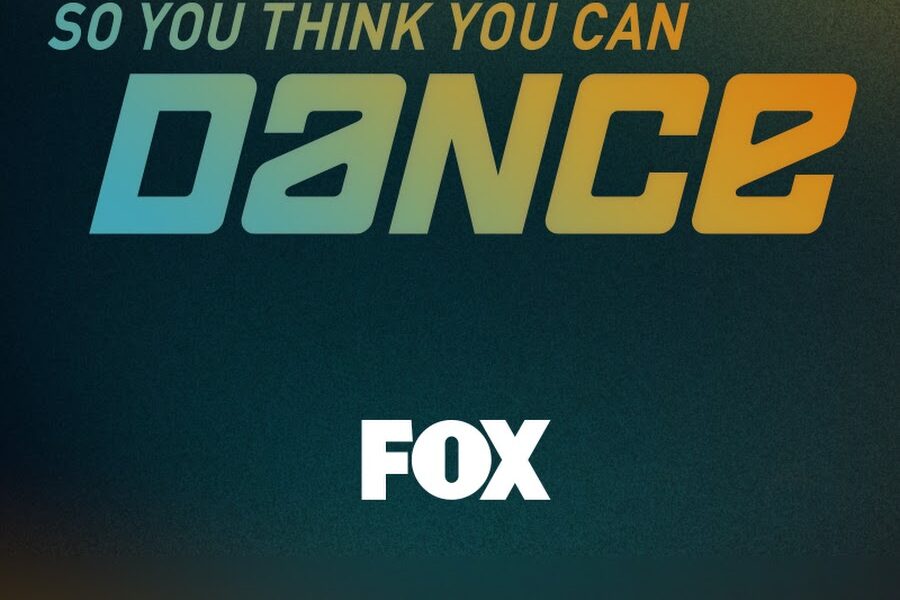
This Fox reality competition, premiering in July 2005, spotlighted dancers of every discipline, hip‑hop, ballet, contemporary, to battle it out for the title of “America’s favorite dancer”. With over 17 seasons, Emmy‑winning choreography, and a mix of solo, duet, and group performances, it elevated dance from underground art to mainstream entertainment. Beyond awards, it shaped careers and genres, introducing lyrical hip‑hop and mentoring countless performers into Broadway, music videos, or top TV credit roles. Its live, unfiltered format and judges’ insight brought artful discipline and emotional storytelling to screens, showing viewers that dance can convey as much narrative as any other art form.
7. Mickey Mouse Club
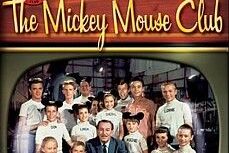
Disney’s variety series (1955–1996, with various revivals) cultivated talents early by combining singing, dancing, comedy and acting in a fun, youthful setting. It became a launchpad for future entertainers like Britney Spears, Justin Timberlake, Christina Aguilera, and Ryan Gosling, each honing their craft on set before skyrocketing to global fame. The show emphasized all‑round performance skills, giving young stars the chance to sing, dance, and act on weekly live segments. That versatility helped them transition seamlessly into chart‑topping music careers and Hollywood roles, making the Mickey Mouse Club a blueprint for grooming triple‑threat artists.
8. Dance Fever
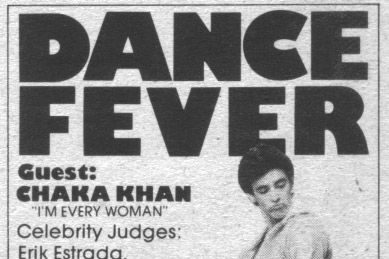
A disco‑era staple (1979–1987), created by Merv Griffin hosted by Deney Terrio, with Adrian Zmed taking over later, dance Fever turned TV into a dance club. Weekly episodes featured amateur couples competing through disco routines, judged live by celebrity dancers and choreographers, fueling disco’s public obsession. As disco boomed, the show rode its wave, bringing flashy costumes, energetic steps, and vibrant audiences to living rooms. It reflected the cultural moment when dance was center stage socially, and contestants got their 15 minutes of fame before disco’s decline.
9. The Voice
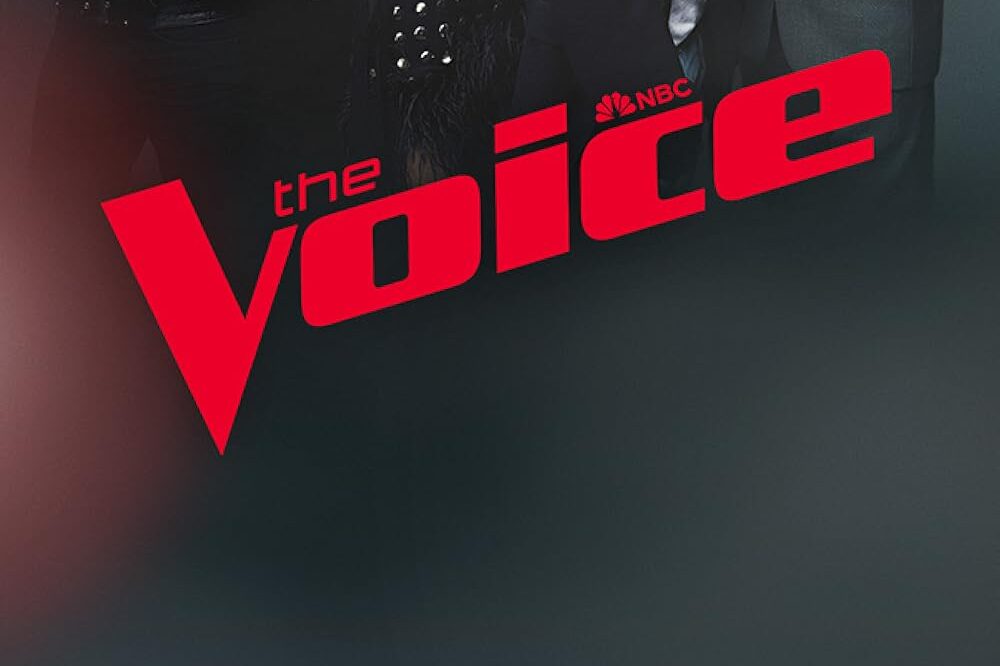
Since 2011, The Voice’s “blind auditions” format has emphasized vocal talent over appearance. Coaches turn their chairs only when impressed by the voice, and the show has produced notable acts like Cassadee Pope and Morgan Wallen. Cassadee Pope won Season 3 (2012) and transitioned to country music with her debut album topping the Billboard Country list. She even picked up a Grammy nomination. Also, Morgan Wallen, another alum, appeared on Season 6 (Fall 2014), and became a major country star; proof that The Voice can be a launchpad for enduring musical success.
10. MTV Unplugged
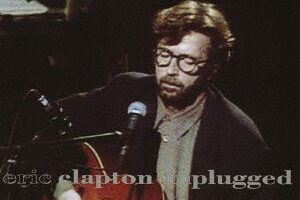
MTV’s acoustic series (starting 1989) offered a stripped-down stage where artists like Nirvana, Eric Clapton, Lauryn Hill, and more performed live, free of studio gloss. It emphasized raw emotion and musicianship, and iconic performances like Clapton’s “Layla” and Nirvana’s famous 1993 New York session cemented its cultural legacy. By showcasing artists in vulnerable, acoustic settings, MTV Unplugged shifted attention to the heart of songwriting and live delivery. These performances became defining moments, Clapton’s album won multiple Grammys, while Nirvana’s session influenced countless unplugged formats across media.
11. America’s Best Dance Crew
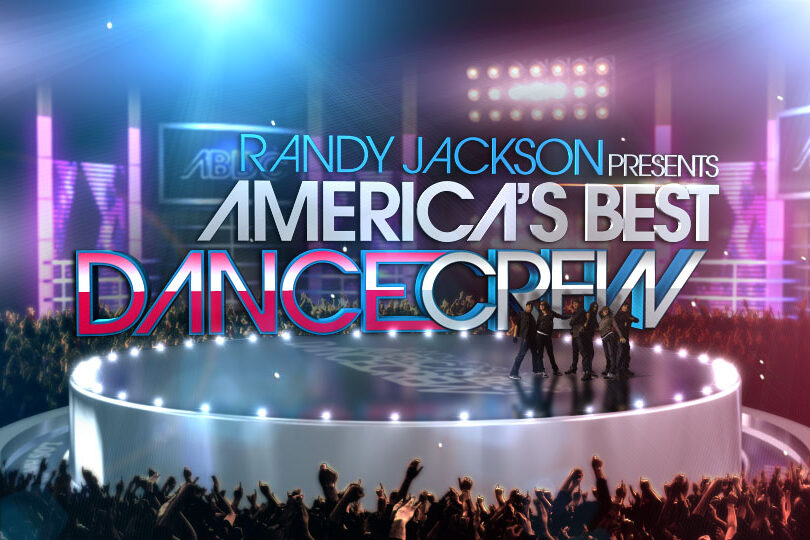
From 2008 to 2015, MTV’s America’s Best Dance Crew turned street dance into prime-time spectacle. Crews battled weekly for $100,000, with the winner crowned ABDC. One standout was the Jabbawockeez, who won Season 1 and became famed for their unity, signature masks, and “Beat‑Kune‑Do” style, mixing popping and b‑boy moves to create a group identity that resonated worldwide. The show redefined televised dance by giving crews a national platform, influencing how hip‑hop and urban dance were viewed and appreciated. Post-victory, many crews like the Jabbawockeez transitioned to major stage performances in Vegas and commercials, blending street cred with commercial success.
12. The Arsenio Hall Show
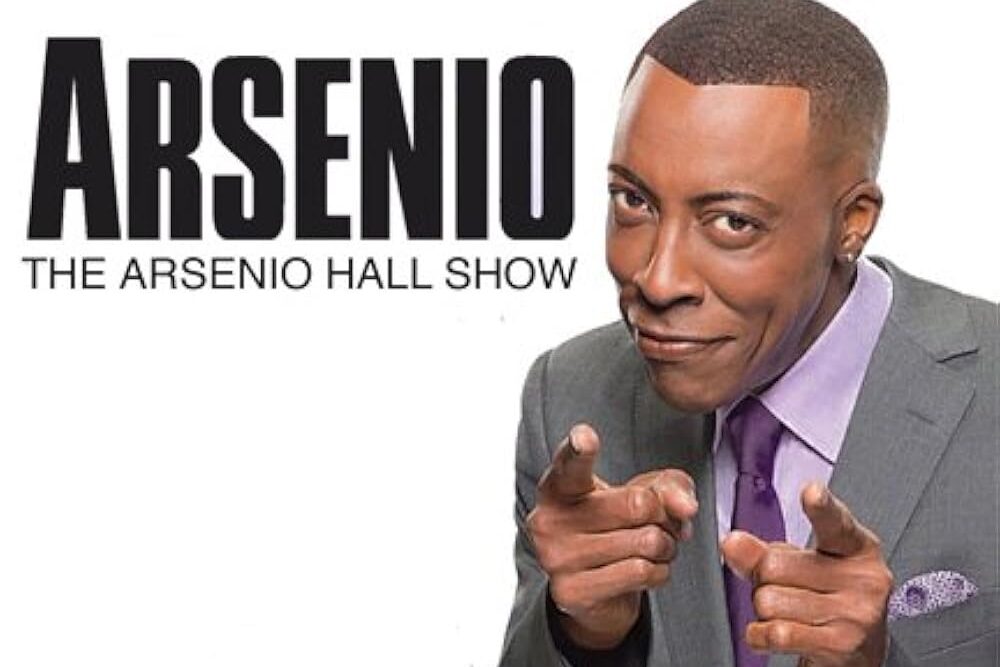
Airing 1989–1994, The Arsenio Hall Show broke late-night norms with a focus on hip‑hop, R&B, and emerging Black entertainers. It hosted breakout acts like MC Hammer, Boyz II Men, and TLC, giving them wide visibility on mainstream TV. MC Hammer performed his hits live, spotlighting his energetic choreography and baggy trademark“Hammer pants” to audiences unaccustomed to such bold visuals. The show also launched Boyz II Men and TLC into household names, with live performances that felt raw and authentic. It provided a vital platform when other late-night stages ignored hip-hop and R&B, and its musical moments are still remembered fondly today.
13. TRL (Total Request Live)
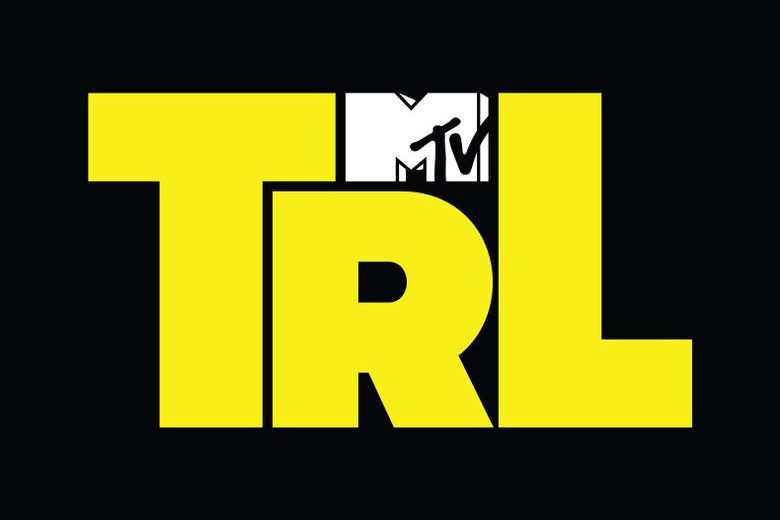
From 1998 to 2008, TRL became MTV’s daily pop-culture heartbeat. Carson Daly counted down the day’s top music videos, and celebrities made surprise cameos to engage with fans live. With over 2,000 episodes, TRL turned music release cycles into national events. The show also helped propel stars like Britney Spears, NSYNC, Eminem, Taylor Swift, and Destiny’s Child, whose “Survivor” performance became iconic in TRL’s final years. It further transformed music discovery into shared, real-time moments and helped standardize the music-video-as-event concept that defined late-90s and early-00s pop media.
14. The Lawrence Welk Show
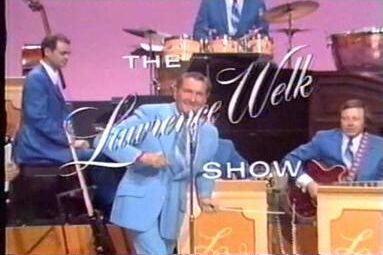
Running from 1955 to 1982, The Lawrence Welk Show was a musical-variety staple that gave orchestral, big-band, polka, and classical musicians weekly exposure. It showcased a stable of trained performers, singers, dancers, accordionists, pianists, who reached family audiences nationwide through light-jazz and folk rhythms. Though sometimes dismissed as corny, the show built a gentle, wholesome network of performers who maintained careers beyond its run, and continues to air reruns on PBS, preserving its timeless, community-oriented musical legacy.
15. American Idol
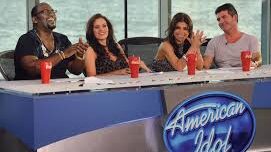
Debuting in 2002, American Idol reshaped talent shows and launched stars like Kelly Clarkson, Carrie Underwood, and Jennifer Hudson. Clarkson, the first winner, soared to multiple Grammys and platinum albums. Carrie Underwood, Season 4 champ, became a country powerhouse and returned to the show in 2024 as the first former contestant turned judge.The show gave winners a recording contract and a major career boost, without which few would have reached mainstream success. Even non-winning contestants (e.g. Jennifer Hudson, Adam Lambert) became cultural figures, demonstrating how Idol democratized pop stardom and created long-lasting legacies.
This story 15 Iconic Dance and Music Shows That Launched Legendary Careers was first published on Daily FETCH


